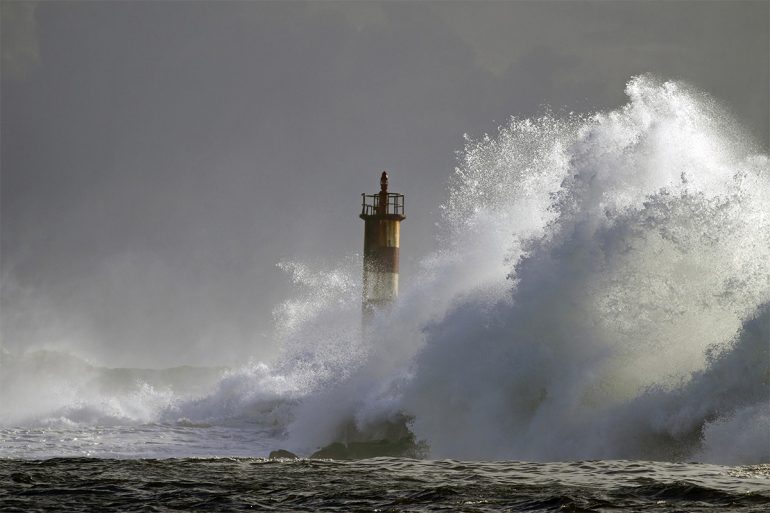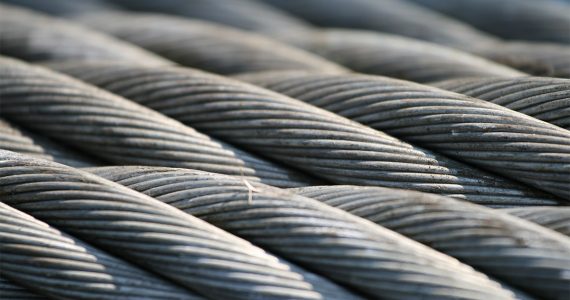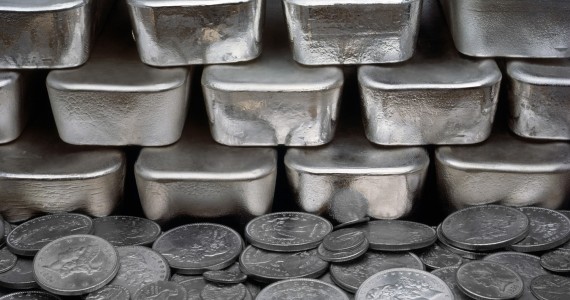As South Australia faced “one of the most extreme weather systems in decades,” it wasn’t just about strong winds, heavy rain, thunder, and lightning. The state was also hit by a massive blackout (at 3:45 PM on the 28th of September), forcing the world’s biggest miner to suspend the production of its Olympic Dam copper mine.
BHP Billiton decided to stop the operations and activities in what is Australia’s biggest underground mine. At the moment, the main focus is diverting power back-up and maintaining the site’s essential operations. No details were provided as to when they will resume their operations, and whether or not legal protection from supply obligations will be sought, under a force majeure declaration.
What this means is that the power outage has basically stopped more than 300,000 tons of annual copper production capacity. Aside from BHP, the power outage also affected the operations of Oz Minerals’ Prominent Hill mine, which has been forecasted to produce around 125,000 tons of copper in concentrate this 2016. “Production has been put on hold until further notice,” a spokesman said.
It’s not just copper either. The power outage also knocked out the Port Pirie lead smelter of Nyrstar NV, which produces 185,000 tons per year. It won’t be running for at least two weeks. This is because when power was cut in the entire state, a back-up diesel generator kept the blast furnace going.
Nyrstar has declared, “It is expected that the blast furnace will be down for approximately 10 to 14 days for repairs.” These repairs that are needed for the damage from the blast surface, as well as slag solidified, means the company could lose as much as “three to five million euros.”
Lightning Strikes
The blackout that affected Olympic Dam, among others, happened when excessively strong winds destroyed major power lines located at the north of Adelaide, South Australia’s capital. A power plant was struck by lightning, and this immediately caused a surge across the power grid. To prevent further damage to infrastructure, the network and link to the state of Victoria were shut down. This caused a power outage that affected the entire South Australia.
South Australian premier Jay Weatherill explains why this is necessary:
“What happens is the system protects itself by tripping all the generators in the system and also by severing the interconnector with Victoria. It then triggers a protocol about how we bring it back up. There are a series of back-up generators which gradually re-power the system. Once the system is balanced then power is restored. This would happen to any system anywhere in the world if they had a similar circumstance.”
The severe weather conditions did not just affect the mining companies. The entire state was left in darkness, literally and figuratively. Roads in both the Adelaide city center as well as the suburbs became gridlocked with traffic, and patrols had to be dispatched to direct traffic in major intersections. Train services in the metropolitan area were cancelled.
Flood warnings were in place, and the Bureau of Meteorology warned about super cell thunderstorms in the central and mid-north districts. The wild weather prompted 330 calls for help, with the State Emergency Service responding to situations like fast-rising water or fallen trees.
The “unprecedented electricity collapse” affected everyone. According to BHP, they do have back-up generators that are now providing needed power to critical infrastructure. However, the operations will only fully restart once full power has been restored.
Olympic Dam Mine
The Olympic Dam Mine is owned by BHP Billiton, a multinational mining company created in 2001 through a merger. Australian Broken Hill Proprietary Company Limited (BHP) merged with Anglo-Dutch Billiton plc, creating BHP Billiton Limited. It is a dual-listed company that is listed in both the Australian Secruties Exchange and the London Stock Exchange. The company headquarters can be found in Melbourne, Australia. In terms of 2015 market values, BHP Billiton is the world’s largest mining company. It is also the fourth largest company in Australia by revenue.
It was in 2005 that BHP Billiton took over the ownership and operation of The Olympic Dam Mine, which was previously owned by the Western Mining Corporation. The Olympic Dam mine is located in South Australia, 550 kilometers north northwest of its capital Adelaide. It is a large poly-metallic underground mine, known to contain the fourth largest copper deposit as well as the largest known single deposit of uranium in the world.
Copper is by far the biggest contributor to the revenue of the Olympic Dam Mine. In FY 2016, the Olympic Dam Mine produced 203,000 metric tons of copper, and this is approximately 13% of the company’s entire output. Forecasts show that this annual production has the potential to increase to 230,000 tons, and up to 450,000 by 2025.








